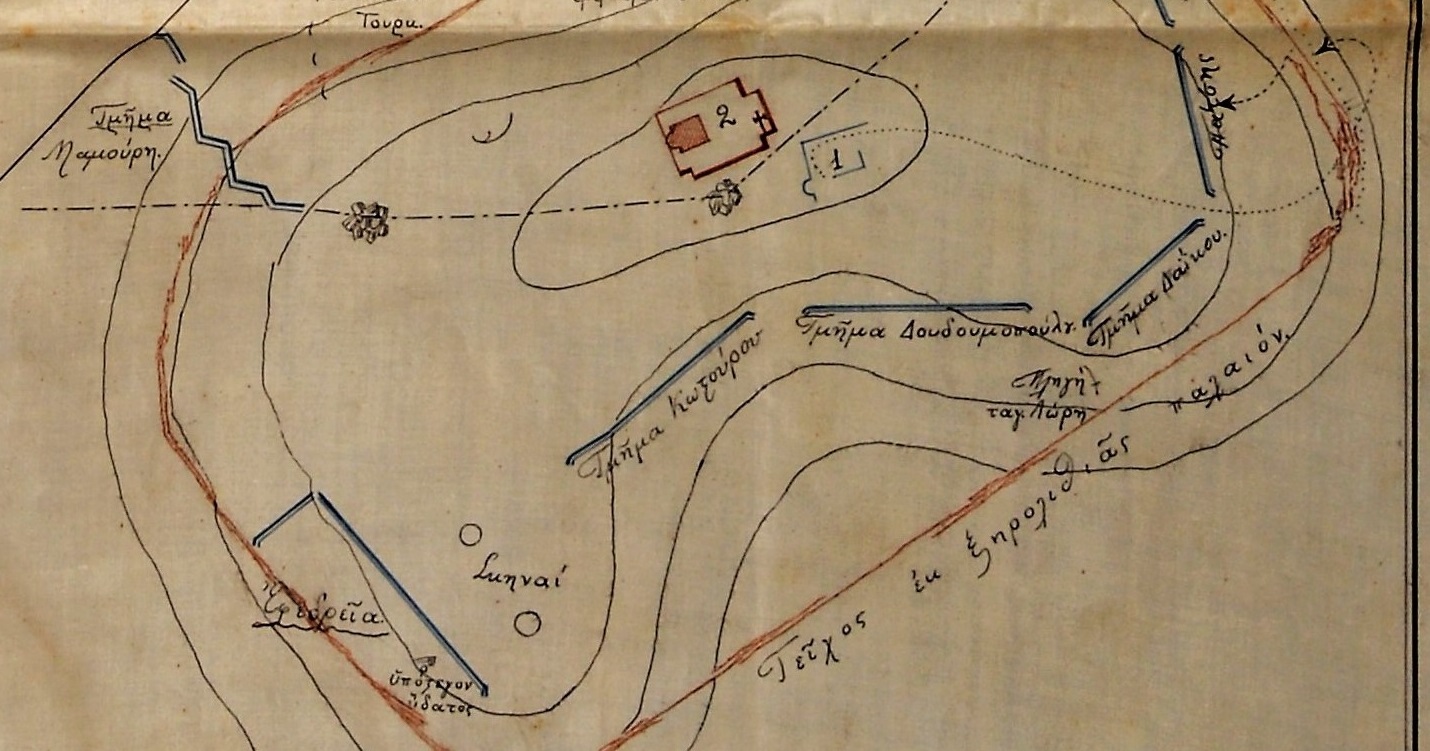
Myrto Karageorgi Giftodimou
Department of Archives Processing
General State Archives of Greece – Central Service
The process of describing and sorting an archive sometimes brings us face to face with unexpected evidence, which does not appear to bear any relation to the rest of the material of the particular archive, but which may provide information on other issues of historical interest. In the Central Service of the General State Archives is preserved the archive of the Cephallenian Destounes family, who were active in Cephallenia, Odessa and Saint Petersburg during the 18th and 19th centuries. From the family’s correspondence stand out the letters of Spyridon, who served in the Russian Diplomatic Corps and was appointed General Consul of Russia at Smyrna in 1818, and of his brother, the medical Constantinos Destounes, who describes the difficulties he encounters exercising his profession in the Cephallenian village of Assos.
We would not therefore expect to see, among the medical certificates and the financial or notarial documents, a military map of the year 1866. The drawing, signed by the Second Lieutenant of artillery Koutses, depicts Koutra, the highest peak of the Zarkos Mountain of Trikala, and may relate to the aftermath of the homonymous battle.
Historiography rarely concerns itself with the short-lived clashes that took place near the border with the Ottoman territories of Thessaly in May 1886. The Greek invasion was the conclusion of an eight-month-long turmoil that followed on the annexation of Eastern Rumelia by Bulgaria. Mass demonstrations in the capital, resolutions and public orators were pressing Theodoros Deliyannes’government to react with vigour. Indeed, the demonstrators were labelled “Hurrahwars” because of their cry “Hurrah for war”.
Thus, when a decision for mobilization was taken in October, the opposition in a body applauded it. The mobilization, however, did not lead to the declaration of war, since it appeared to be aiming rather at the exertion of pressure on the Great Powers. This attitude was attacked by Deliyannes’political opponents, who styled it “armed mendicancy” and “peacewar’. When it was finally decided to advance military forces towards the frontier, the Powers reacted with a naval blockade. Deliyannes resigned and Kharilaos Trikoupes was elected prime-minister; he intended to declare the termination of the mobilization, stating that the only tolerable choice was that of retreat.
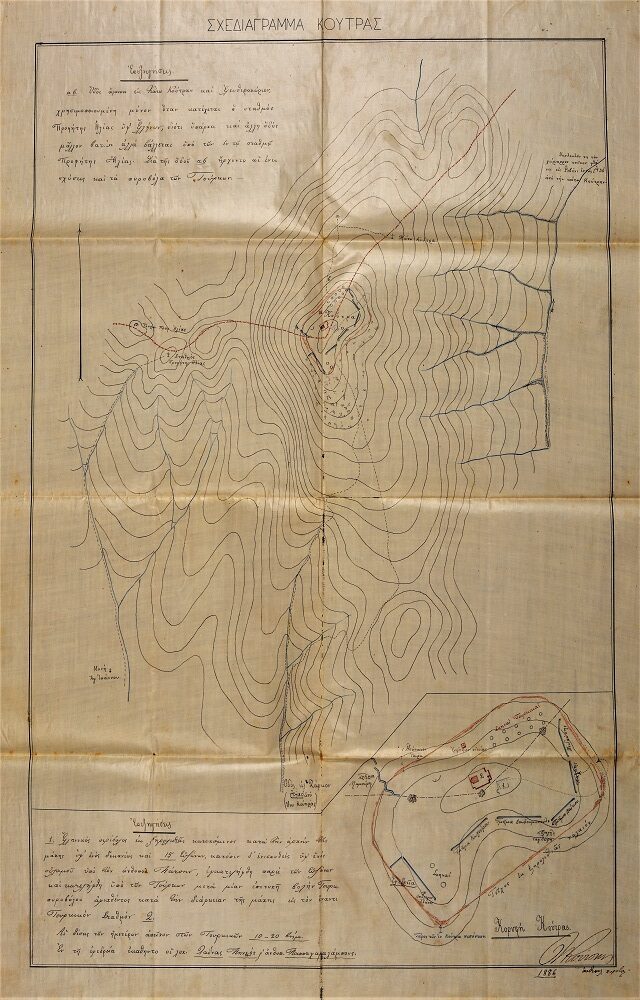
The reactions to the “treason” were fierce. Before the swearing-in ceremony of the new government took place on May 9, certain officers acted on their own and violated the graeco-turkish border. Soon hostilities spread in the first (howbeit undeclared) graeco-turkish war after the 1821 Revolution, and the Greek army, despite the lack of coordination and planning, succeeded in winning the battles.
The battle of Koutra on 11 May was an exception. Without reinforcements, after the mortal wounding of Major Constantinos Lores (1837-1886), who was in command, his replacement, Captain Orestes Peneios, negotiated a ceasefire with the Turks, without ensuring its confirmation by signature before making his escape. Bad communication led to the capitulation and captivity of the officers and of 280 soldiers, as well as to their pillorying through the streets of Salonica.
On 12 May Trikoupes’ government revoked the mobilisation and soon the blockade by the Powers was also lifted, whereas those considered responsible for the defeat, Captains Peneios and Lainas, were convicted to death by the court-martial, but the penalty was not eventually carried out. Nevertheless, the issue continued to occupy the attention of the country’s political circles, and after a few months a commission of inquiry was formed to present its findings about the causes of events. The Report regarding the hostilities on the border…is kept in the Trikoupes archive in the Greek Literary and Historical Archive.
In the drawing by Second Lieutenant Koutses, which is preserved in the G.S.A., are shown the positions of the Greek and Turkish forces during the battle, the road along which the Turkish reinforcements were coming, as well as the positions where “Captains Lainas, Peneios and the Second Lieutenant Papaharalampous” sat “as the reserve”. Beside a dry stone wall is marked the “wound’ of Major Lores.
[Source: General State Archives of Greece – Central Service, Archive of Destounes’ family]


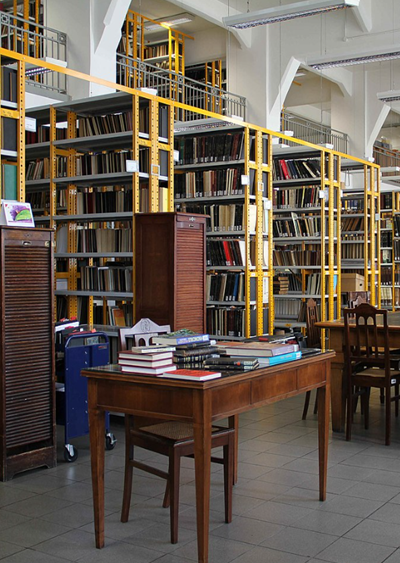
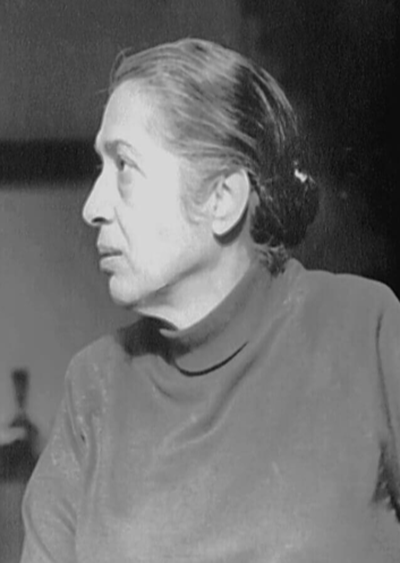
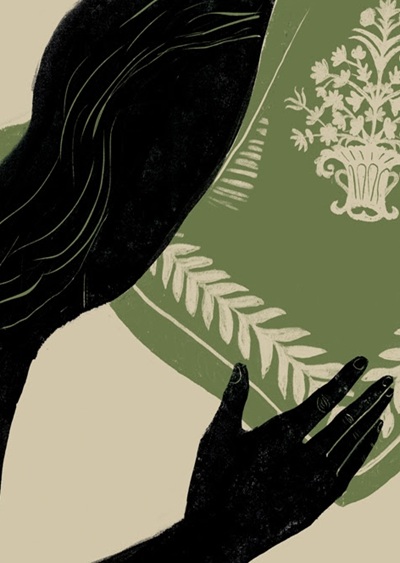
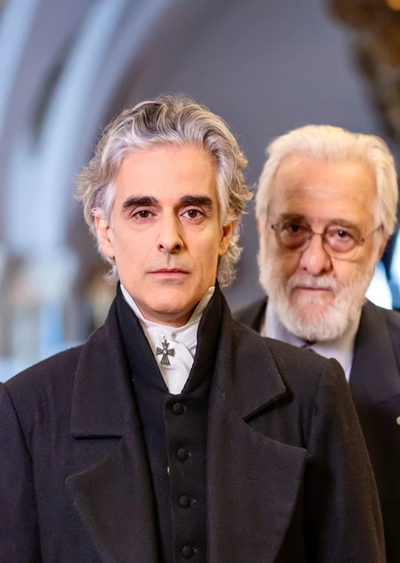


Leave A Comment